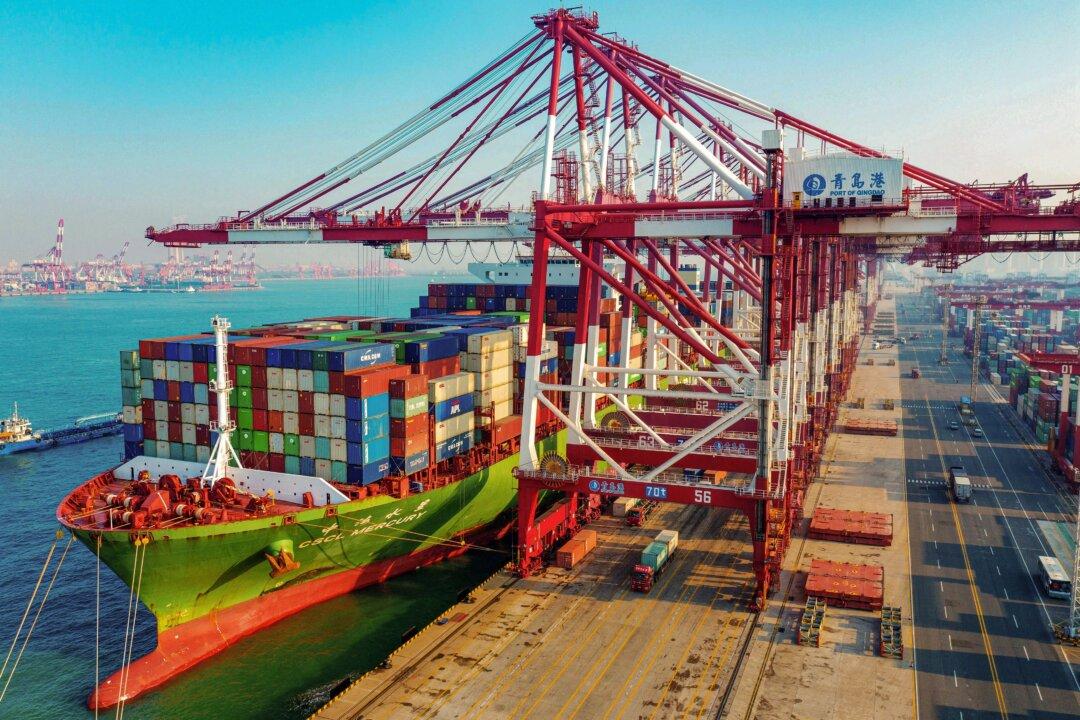News Analysis
The economic impacts from the first Sino-U.S. tariff cuts scheduled for Feb. 14 are expected to be positive for China and the United States, despite the continuing coronavirus outbreak, according to one expert.

The economic impacts from the first Sino-U.S. tariff cuts scheduled for Feb. 14 are expected to be positive for China and the United States, despite the continuing coronavirus outbreak, according to one expert.